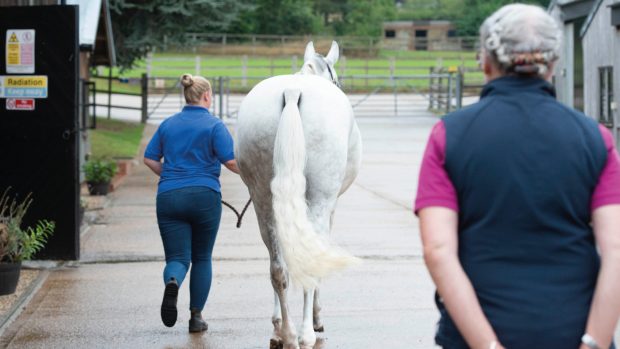A leading horse insurance firm has warned that it may reassess whether it pays out for show horses that are put down following laminitis.
Guy Prest, managing director of KBIS insurance, says: “There is an increase in claims relating to laminitis in show animals, and we are acutely aware that this is becoming an issue.
“The figures aren’t huge, and we aren’t saying that we won’t pay a claim at the moment, but we are seriously concerned that the condition they are in is making them vulnerable to laminitis.
“If it carries on, we’ll eventually have to say that show horses are a bad risk for laminitis and exclude it. We are not at this stage yet: initially we want to encourage debate within showing, and talk to other insurers to see what they have found.”
Prest points out that there has been no widespread increase in laminitis-related claims — if anything owners have become more aware of the condition.
“Show horses are not classic ‘it went out to grass and got laminitis’ cases. People put so much condition on these horses that, with a few, it goes pear-shaped.
“We had a claim on a show horse that changed home and diet and got such bad laminitis, so quickly, that it had to be put down. This is typical of cases that quickly become irretrievable. The solution lies with the showing world itself: judges need to mark down obese horses.”
Robert Eustace, a leading laminitis specialist, uses pictures of show horses from decades ago alongside current champions to demonstrate the change in shape when he speaks at conferences.
Welcoming KBIS’s proposal, he confirms that laminitis among show animals is very high — particularly among natives.
“I’ve said for years that obesity and inappropriate diet are the biggest causes of laminitis,” he says. “If people are intentionally fattening horses up in order to win rosettes, it is tantamount to cruelty.”




